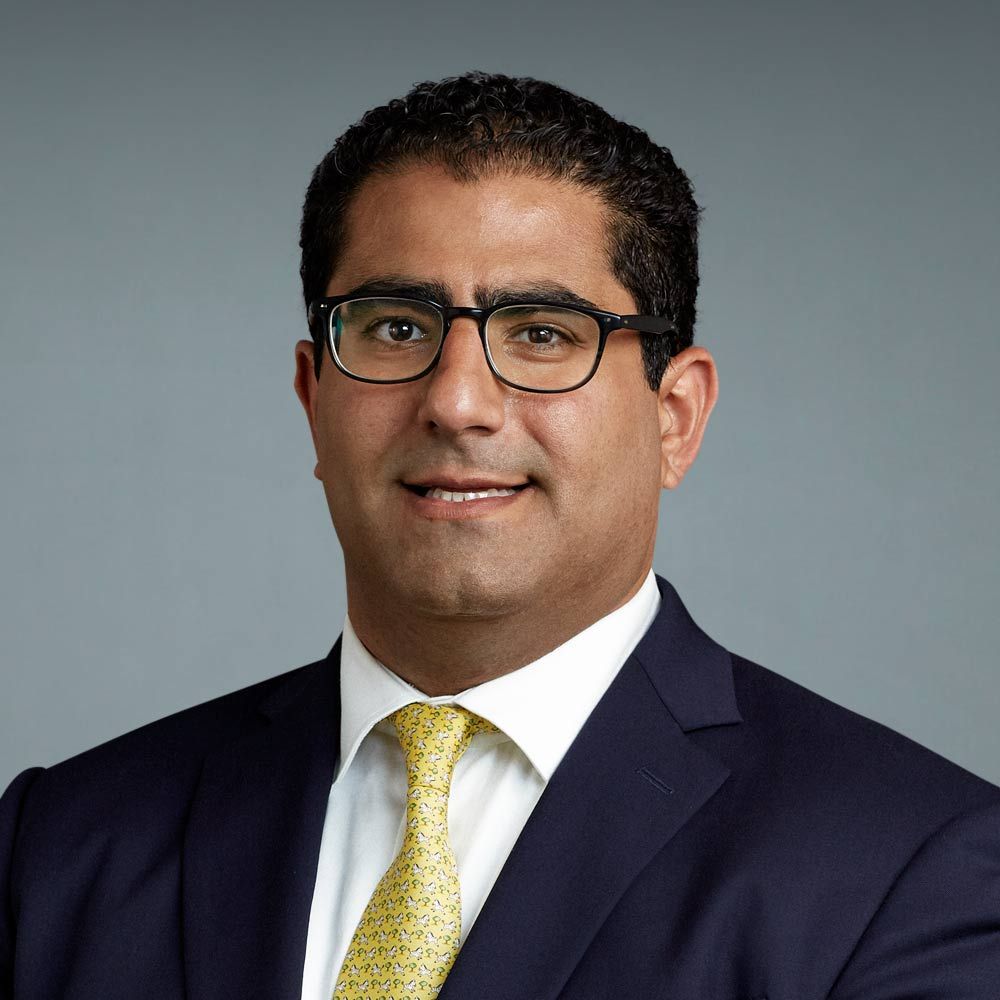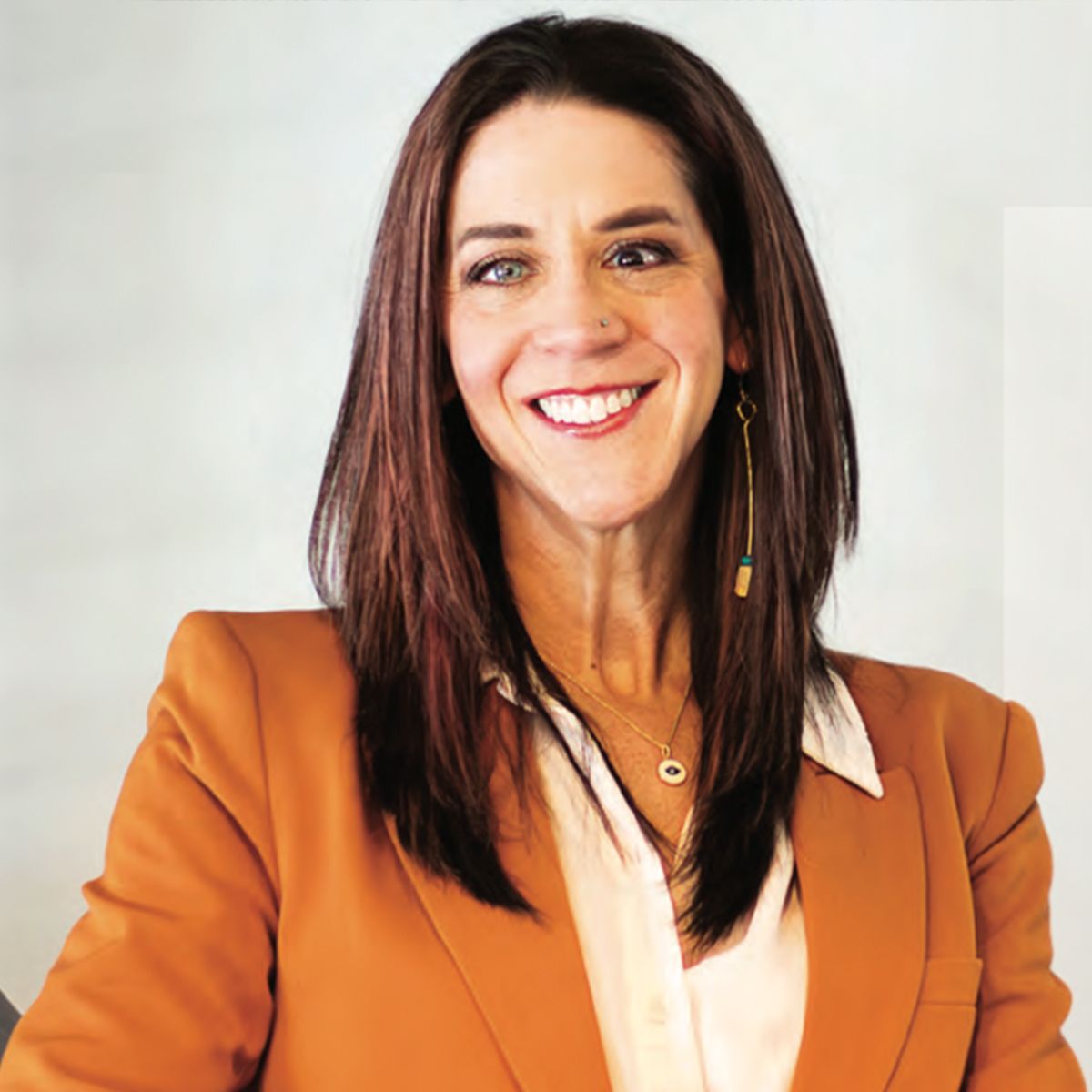Publication
Article
CURE
Use As Directed
Author(s):
As more cancer drugs become self-administered, why aren’t patients taking their medicine?
Kay Wissmann always considered herself a good patient. When faint, non-invasive tumors appeared on a 1995 mammogram, she readily agreed to a lumpectomy. When the cancer resurfaced three years later as invasive disease, she returned to surgery, and never missed a radiation appointment.
When she was given instructions to take tamoxifen for the next five years to reduce her risk of recurrence, she began taking the pills daily with Swiss precision. But she developed fatigue so profound she felt as though she were going through life under water. (Fatigue can be a side effect of long-term cancer therapies, such as tamoxifen.) She sunk into bed every night after supper, and woke to the same crushing exhaustion.
Then came the Saturday in 2000 when her husband wanted to take her to one of Chicago’s hallmark blues clubs. He offered a suggestion: “Don’t take your tamoxifen today. You won’t be able to stay awake.”
Wissmann tried a weekend tamoxifen holiday. Later came more breaks. Though she tried to talk to her doctor about other approaches, she never felt like she was getting through. Eventually, the breaks became so inviting, she abandoned the tablets altogether, with little regret, even when tumors later reappeared. “I’m very active,” she says. “I don’t want to just eat and go to bed.”
Therapy in a pill has recently freed many people with cancer from an I.V. pole, giving them the ease of treatment already available to those with heart disease, diabetes, asthma, and other conditions. But with convenience comes a phenomenon long known in other fields: Treatment that is easy is also easy to forget.
“We have assumed that our patients would take their medicine as instructed, because they had a potentially fatal disease,” wrote Len Lichtenfeld, MD, deputy chief medical officer for the American Cancer Society, on his blog in late 2005. “And we assumed wrong.” Across the country doctors are discovering, often to their surprise, that patients aren’t necessarily following directions.
“The oncology community is just figuring out how to deal with this new issue,” says Saul Weingart, MD, PhD, vice president for patient safety at Dana-Farber Cancer Institute in Boston. No one even knows how widespread it is.
Dr. Weingart co-authored a paper in the British Medical Journal in January asking whether pharmacy directors at many of the nation’s comprehensive cancer centers were monitoring patient safety with oral chemotherapy agents. Nearly a quarter who responded had no mechanism in place to check whether patients actually took the drugs, and took them without individual tinkering. Dr. Weingart is concerned not only about patients who stop treatment, but about those so worried about cancer that they take too much.
While patients with overdoses have ended up in emergency rooms, a more common problem appears to be those who take too little. Ann Partridge, MD, also of Dana-Farber, was one of the first researchers to explore whether cancer patients stuck to therapy with a 2002 paper in the Journal of the National Cancer Institute.
She found then, as now, that estimates on the scope of the problem vary wildly, largely because little data exist outside the structured world of clinical trials. One of the largest studies of patient follow-through, which appeared this year in the journal Cancer, suggested that 22 percent of 2,800 women started on tamoxifen stopped taking the drug a year later. More than three years later, that number jumped to 35 percent.
Doctors may not even know. Patients sometimes fear disappointing their oncologists if they haven’t taken their medicine as instructed, says Dr. Partridge. Indeed, about the only time Wissmann felt anxious about her decision was when it came time to confess.
“There are people who stop taking their pills and they don’t tell their doctor,” says Wissmann, who is now head of government relations for Y-ME National Breast Cancer Organization. She doesn’t blame her oncologist for not taking her complaints to heart. “[Doctors] are dealing with a lot more severe side effects, let’s face it,” she says.
Most patients want to take their medicine, fully intend to, and do. For others, though, life interferes. The side effects become more burdensome than the threat of cancer. The drug is too expensive. Other reasons for halting treatment include wanting release from routine of a pill—which sometimes has to be synchronized with other pills—misinterpretation of instructions, forgetfulness, or just plain denial. And sometimes, when viewed through the prism of surgery, radiation, and hours in a recliner watching medicine drip into your veins, a little tablet can seem inconsequential.
It isn’t, and will be more significant in the future. The Food and Drug Administration lists more than 40 approvals for oral cancer drugs (includes those approved for more than one indication), many of them in the last decade. Among the new offerings are drugs such as Gleevec (imatinib), a daily capsule that can keep chronic myeloid leukemia in check, and Xeloda (capecitabine), the first oral chemotherapy approved for metastatic breast and colorectal cancers.
Those pills represent a sea change in cancer treatment, yet none of them will be effective if patients don’t take them.
Two of the biggest reasons patients drop off therapy are side effects and cost, says Susan Moore, RN, an oncology nurse practitioner formerly with the Rush University Medical Center in Chicago. As issues arise, a patient has to make these concerns clear to doctors and nurses, and they, in turn, should take seemingly minor complaints seriously.
Even a small side effect, to the person living it, can define a life. A 2005 Harris Interactive poll of adults on prescription drugs reported that 45 percent of those who failed to take their medicine had concerns about the drug.
To overcome the obstacles, Moore, writing this past spring in the journal Cancer Nursing, advised a system that psychologists call the Health Belief Model. Simply stated, the Health Belief Model is a way to help each patient appreciate that the repercussions of not taking medicine can be greater than the repercussions of taking it. The side effects, cost, and inconvenience of the pills have to be worth it.
Reaching this understanding involves time, which is often a rare commodity among health care providers, Moore says. It takes time to give patients a road map of possible side effects so they know what to expect, and offer ways to alleviate the symptoms or switch drugs without just dropping therapy. It takes time to help someone invent tricks for remembering to take the pills. And it takes a relationship to make patients feel comfortable broaching these things.
Moore finds patients reluctant, for example, to admit they can’t afford their medicine. Yet the American Association of Retired Persons reports cost is the No. 1 reason people older than 50 don’t fill their prescriptions. Medicare prescription drug beneficiaries have coverage up to $2,400, after which they must spend about $3,000 out of pocket before Medicare covers a portion of the cost again.
While drug companies have programs to assist people with medication, older people can face a dilemma: If they accept the assistance, they’re not digging their way out of this coverage gap. If they don’t accept it, they can’t get the drug.
Still, many people in medical offices might have ideas to help. The first step, Moore says, is to “talk openly about the problem.” Life may depend on it.
Since oncologists are just now becoming aware that patients don’t always take their medicine, the consequences of stopping are still unclear. Clinical trials, though, point to better outcomes among patients who take their medicine as prescribed. Oncologists now find themselves exchanging anecdotes about people whose therapy didn’t seem to be working—only to find the patient hadn’t adhered to directions.
And other fields can provide an omen. A 2005 study of four chronic conditions—high blood pressure, diabetes, high cholesterol, and heart failure— found that patients who took their medicine as instructed had significantly lower odds of entering the hospital.
Statistics like these have inspired other disciplines to help patients coexist with their medicine, with mixed success. Cancer patients, too, may need their own techniques, because if all goes well, they will be taking those pills for a very long time.






